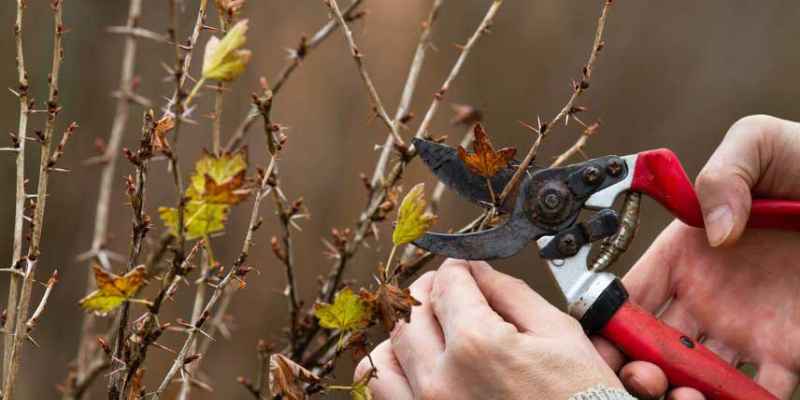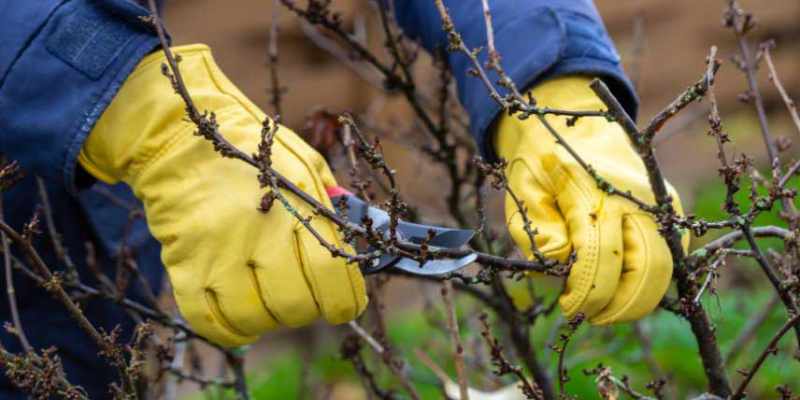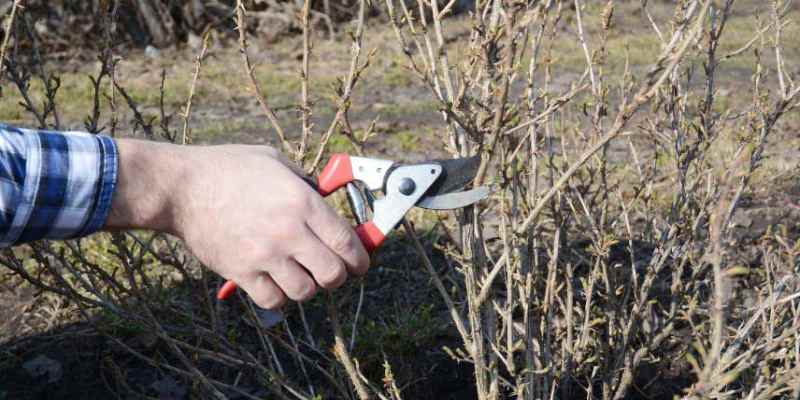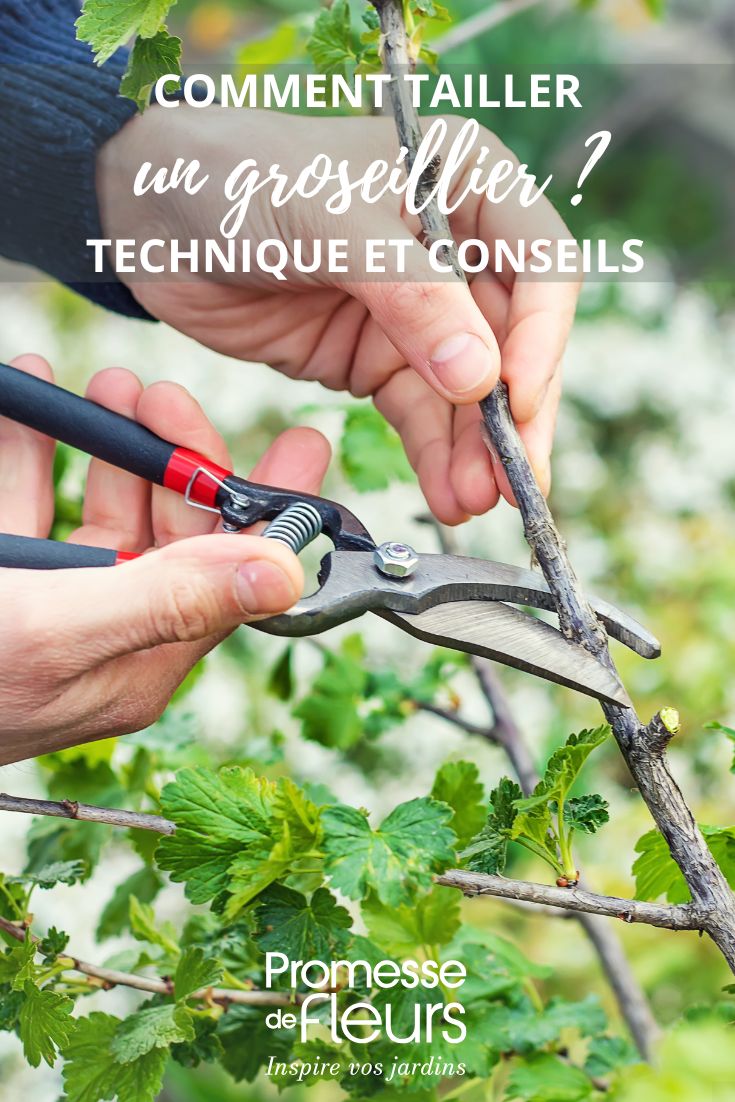Tasty and easy to grow, the redcurrant bushes (Ribes rubrum) do require some essential care, particularly pruning from time to time. When done at the right time, this intervention helps to aerate the branches, stimulate fruiting, and maintain the vigour of this small fruit tree appreciated in the garden. But when to prune the redcurrant bushes, and especially which month to prune the redcurrant bushes to get the best results? Discover in this tutorial when and how to prune the redcurrant bushes, encourage the appearance of new vigorous shoots, and enjoy a generous harvest of beautiful clusters of redcurrants every year!
Pruning redcurrant bushes: key steps year by year
| Year | Period | Action to take |
|---|---|---|
| 1st year | Winter | Cut the branches above the 2nd or 3rd eye to encourage the formation of new branches. |
| 2nd year | Winter | Prune the new shoots above the 3rd eye. |
| 3rd year | Winter | Repeat the pruning above the 3rd eye to complete the formation of the bush. |
| From the 4th year | Winter every year | Remove dead branches at ground level, those that cross each other, and 3 to 4 shoots that are 5-6 years old. Shorten the main branches by a third above a bud turned outward. |

When to prune the redcurrant bushes and why?
Pruning of redcurrants is done in winter, outside of frost periods, ideally around February. Pruning the redcurrant bushes is important. The most fruitful branches are those that are 2 and 3 years old. Therefore, it is necessary to remove the oldest branches and encourage the appearance of new shoots. Additionally, a well-aerated bush will limit the risk of diseases and facilitate harvesting.
How to prune the redcurrant bush: the right actions
Necessary equipment:
- A pruning shear or a lopper that is clean and disinfected.
- Gloves to avoid scratches or cuts.
- In the 1st year, cut the branches above the 2nd or 3rd eye, to allow the emergence of 2 new branches.
- In the 2nd year, cut the newly formed branches above the 3rd eye and repeat this operation in the 3rd year.
- This formative pruning allows for a bush with about a dozen branches.

- In the following years, cut dead branches and those that cross at ground level, as well as 3 to 4 of the oldest shoots (5 or 6 years old). Shorten the main branches by a third of their length, cutting above a bud turned outward from the bush.
- The goal is to maintain about a dozen branches while aerating the centre of the clump to allow air and light to circulate within.

































Comments